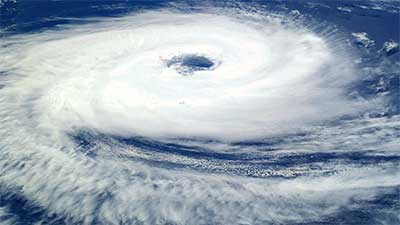Tropical Cyclones and Cyclonic Storms
CONTEXT:
The severe cyclones, Tauktae and Yaas, which battered India earlier this year, made landfalls on the country’s western coast, Gujarat, and the eastern coast, Odisha, caused massive damage to infrastructure, the agricultural sector, and houses. Government of India reports are that, put together, an estimated 199 people died, 37 million people were affected, and economic losses stood at ₹320 billion (U.S.$4.3 billion).
FOR PRELIMS:
- The crop area of 0.24 million hectares was affected, and around 0.45 million houses were damaged. Moreover, 2.5 million people were evacuated to cyclone shelters and relief camps in these two States. The large-scale uprooting of trees in the urban areas affected already depleting green cover. Thus, during the COVID-19 pandemic, these cyclones caused additional financial responsibility for State governments.
- Increasing sea surface temperatures in the northern Indian Ocean and the geo-climatic conditions in India have led to a rise in the frequency of devastating cyclones in the coastal States accounting for 7% of the global tropical cyclones, according to India Meteorological Department (IMD), 2013 data.
- The World Bank and the United Nations (2010) estimate that around 200 million city residents would be exposed to storms and earthquakes by 2050 in India.
- Among the natural disasters, cyclones constituted the second most frequent phenomena that occurred in 15% of India’s total natural disasters over 1999-2020.
- During the same period, 12,388 people were killed, and the damage was estimated at $32,615 million. Cyclones are the second most expensive in terms of the costs incurred in damage, accounting for 29% of the total disaster-related damages after foods (62%).
- In addition, they are the third most lethal disaster in India after earthquakes (42%) and foods (33%).
- The Asian Development Bank’s report in 2014 estimated that India would suffer a loss of around 1.8% of GDP annually by 2050 from climate-related events.
- India lost around 2% of GDP and 15% of total revenue over 1999-2020. According to the Global Climate Risk Index report 2021, India ranks the seventh worst-hit country globally in 2019 due to the frequent occurrence of extreme weather-related events.
- Moreover, the report showed that India lost around 2,267 human lives, while damages stood at $68,812 million in Purchasing Power Parity (PPP) terms in 2019. In the same year, India ranked first concerning human deaths and economic losses due to extreme weather-related events (Eckstein et al., 2021).
Sources
- The Hindu









